The Great Crayfish Phenomenon
If you’ve been exploring Teatown’s trails lately, you’ve probably noticed an abundance of crayfish leaving Teatown Lake en masse. Last week, Teatown Environmental Science Academy (TESA) students counted over a dozen crayfish while hiking the full Lakeside Trail loop. Visitors and neighbors of Teatown have been stopping their cars to help scoot them out of the road, and Teatown Campers have been helping them off the trails and back to safety.
So, what’s the cause of the crayfish boom? To get to the bottom of this, Dr. Danielle Begley-Miller, our Director of Science and Stewardship, deployed her secret weapon: science. She had a strong suspicion that draining the lake over the winter to complete Teatown Dam repairs might be the culprit of this curious crayfish phenomenon. Was it due to all the detritus in the lake? Was there a food shortage? Was the water quality bad? TESA students and Stewardship interns collected some data to help narrow down the possibilities.
Earlier this summer, they discovered that the draining had a drastic negative effect on lake plant abundance. There is very little vegetation in the basin, which caused the recent algal bloom. There were not enough plants in the actual lake to absorb extra nutrients as the weather got warmer, so algae used those nutrients instead. The algae have since died and the lake is now mostly clear.
This year’s TESA students’ water quality measurements show that the dissolved oxygen levels in Teatown Lake are incredibly low. Vernay Lake measurements were 4-7 mg/L, whereas Teatown Lake measurements were 0.4-0.7mg/L. Anything under 0.5mg/L is considered anoxic (no oxygen). Aquatic animals need oxygen just like we do. Crayfish breathe through gills, but those gills can also extract oxygen from moist air (learn more about that here). They’ve likely moved out of the water because the oxygen levels are too low for them to survive.
The low oxygen levels are a direct result of eutrophication (excess nutrient inputs) and dieback of the algae. As the algae died, decomposers have consumed all the oxygen and there are no plants to replace it, resulting in poor water quality. This is a regular phenomenon with shallow lakes in developed or agricultural areas.
Keep in mind that all of Teatown’s lakes are eutrophic. This could happen in any of our lakes if there was massive die-off of the submerged aquatic vegetation. The good news is, after sampling some sediments and water in Teatown Lake, it was discovered that there are still an abundance of microorganisms, also important food sources for aquatic species.
The Science and Stewardship team are closely monitoring the situation and are planning to transplant some aquatic plants from other lakes in the basin to aid in revegetation. Over time, Teatown Lake will revegetate, and the oxygen levels should be improved.
In the meantime, if you come across a crayfish in the road, carefully assist it out of the way of cars if it is safe for you to do so.


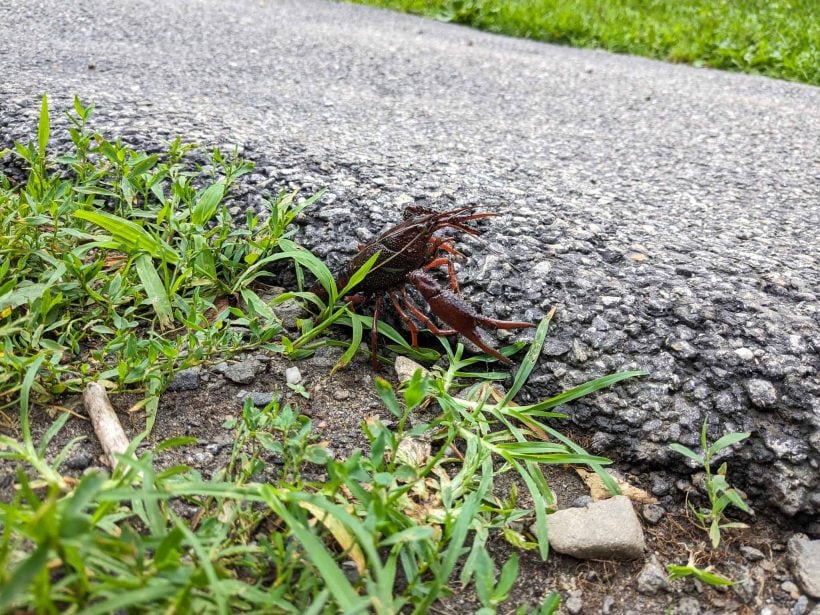
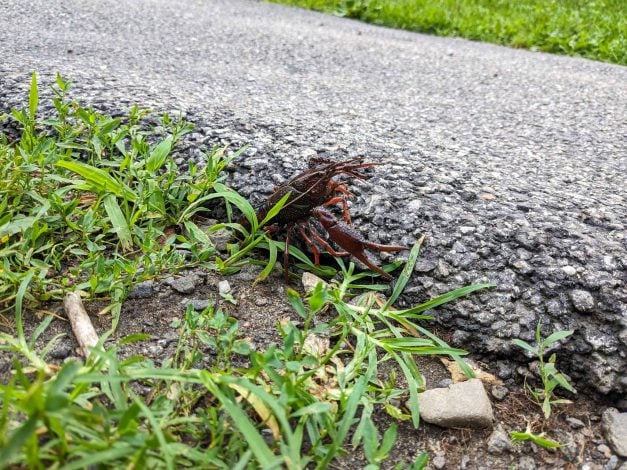
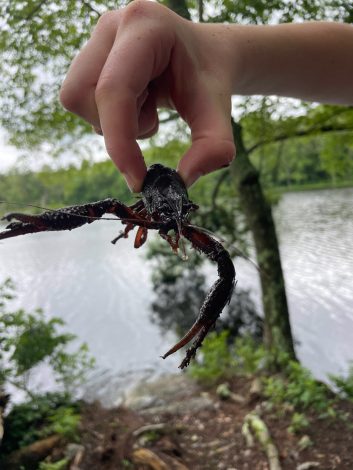
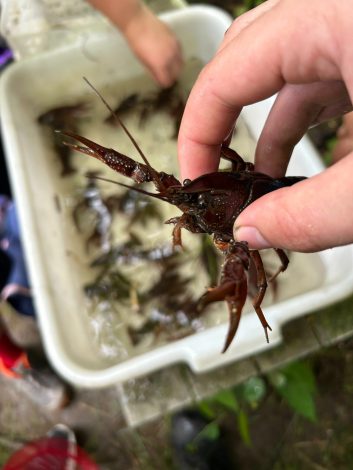
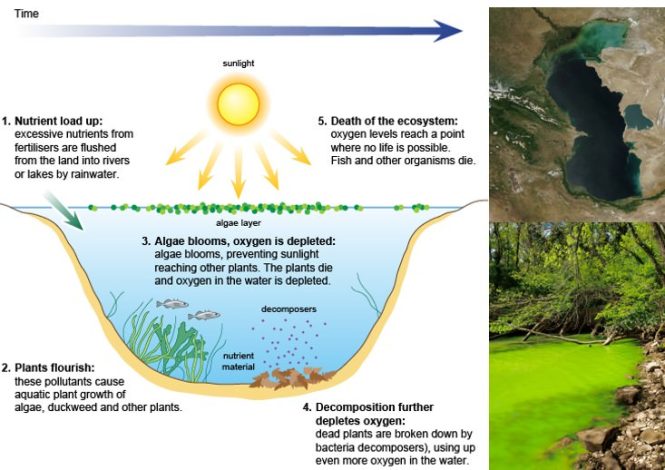

Leave a Reply